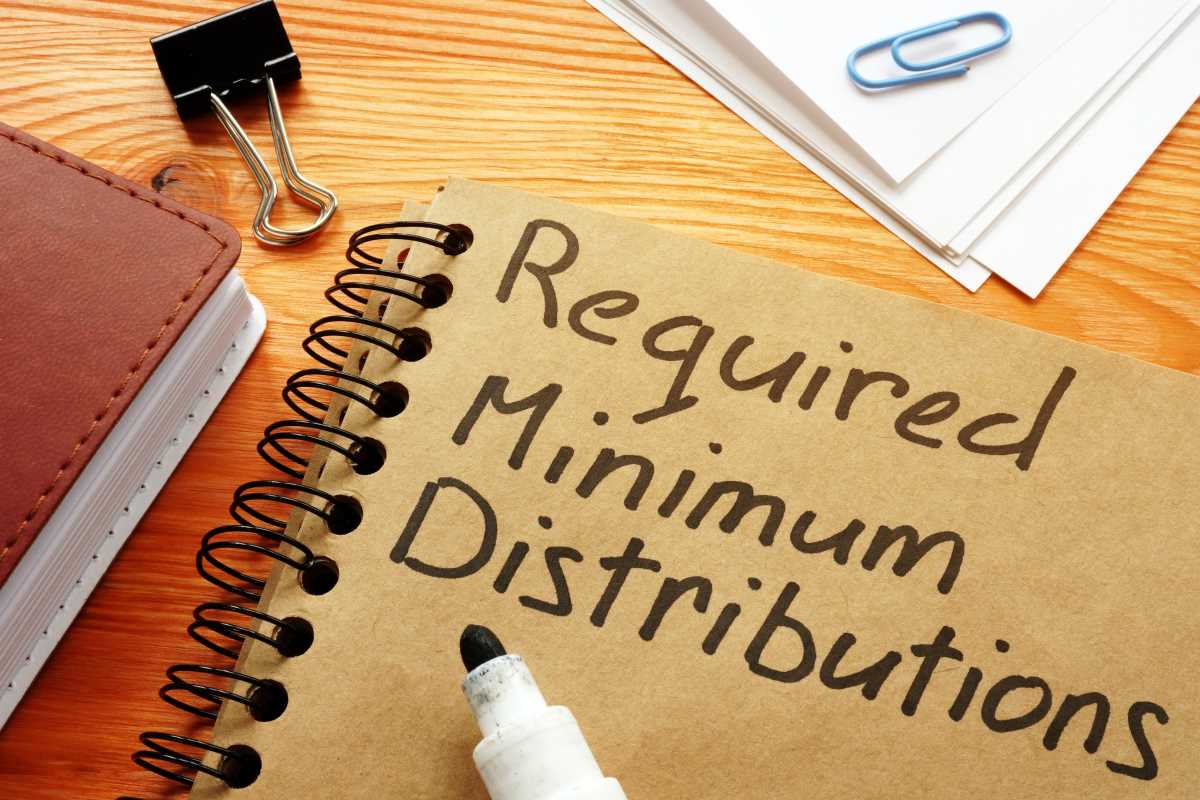Planning for the future can sometimes feel like trying to read a map in a foreign language. There are so many acronyms and choices that it is easy to get overwhelmed and just put it off for another day. But when it comes to saving for retirement, time is your best friend, and starting early is the smartest move you can make. Two of the most popular tools for building that future nest egg are the Individual Retirement Accounts known as the Roth IRA and the Traditional IRA. Both are fantastic vehicles designed to help your money grow faster than a regular savings account, but they work in very different ways. Choosing the right one depends on your current situation and what you think your life will look like down the road. Understanding the difference isn't just about tax rules; it's about maximizing the money you get to keep when you finally hang up your work boots for good.
What Exactly is an IRA?
An IRA stands for Individual Retirement Account. Unlike a 401k, which you get through your employer, an IRA is an account you open on your own. You can set one up at a bank, a brokerage firm, or even through an app on your phone. Think of it as a special basket for your investments. You can put stocks, bonds, mutual funds, or ETFs inside this basket. The government created IRAs to encourage people to save for their own retirement, and to make it worth your while, they offer special tax breaks that you can't get with a regular investment account. These tax advantages are the secret sauce that allows your money to compound and grow much faster over decades, helping you build a secure financial future.
The Great Debate: Tax Now or Tax Later
The biggest difference between a Roth IRA and a Traditional IRA boils down to one simple question: when do you want to pay your taxes? With a Traditional IRA, you get a tax break today. The money you contribute may be tax-deductible, which lowers your taxable income for the current year. However, when you retire and start taking money out, you have to pay income tax on every dollar you withdraw. It is like getting a discount now but paying full price later.
A Roth IRA works in the exact opposite way. You contribute money that has already been taxed, so you don't get any tax break today. But here is the magic: your money grows tax-free, and when you retire, you can withdraw all of it—both your contributions and all the investment growth—completely tax-free. It is like paying full price now so you can get everything for free later.
How to Decide Which One fits You Best
Choosing between the two often depends on what you think your tax situation will be in the future compared to what it is right now. If you are young and just starting your career, you are likely in a lower tax bracket today than you will be when you are older and earning more money. In this case, a Roth IRA makes a lot of sense. You pay the taxes now while your rate is low, and you avoid paying taxes later when your rate might be higher.
On the other hand, if you are in your peak earning years right now and paying a lot in taxes, a Traditional IRA might be the better choice. The immediate tax deduction can save you significant money today. Then, when you retire, you might have less income, putting you in a lower tax bracket when you eventually have to pay those taxes on your withdrawals. It is a strategic game of trying to pay taxes when your rate is the lowest.
Rules of the Road: Limits and Eligibility
While both accounts are great, Uncle Sam does have some rules you need to follow. There is a limit to how much you can contribute each year. For 2024, that limit is $7,000 if you are under age 50. You can put all of that into one type of IRA or split it between the two, but you cannot go over the total limit.
There are also income limits to watch out for. Anyone with earned income can contribute to a Traditional IRA, but your ability to deduct those contributions from your taxes might be limited if you or your spouse also have a retirement plan at work and you earn a high income. For a Roth IRA, there are income limits just to be eligible to open one. If you earn too much money, you might not be allowed to contribute to a Roth IRA directly at all. It is important to check these limits every year as they can change.
The Withdrawal Rules You Need to Know
Another key difference is how easily you can get your hands on your money if you need it before retirement. With a Traditional IRA, the money is meant to stay locked up until you are 59 and a half years old. If you take it out early, you will have to pay income taxes plus a painful 10% penalty fee.
The Roth IRA is much more flexible. Because you have already paid taxes on your contributions, you can withdraw the money you put in at any time, for any reason, without any taxes or penalties. You just can't touch the investment earnings—the profit your money has made—until retirement age without facing penalties. This flexibility makes the Roth IRA a popular choice for people who want a retirement account that can double as a backup emergency fund in a dire situation.
Why Starting Early is a Superpower
Regardless of which IRA you choose, the most important factor is time. The earlier you start contributing, the less you actually have to save to reach your goals. This is thanks to compound interest, where your interest earns interest, causing your balance to snowball over time. A person who starts saving $200 a month at age 25 will have significantly more money at retirement than someone who starts saving $500 a month at age 45, simply because their money has had more time to grow. Consistent contributions, even small ones, are the key to building substantial wealth.
A Simple Plan to Get Going
Getting started is easier than you might think. First, look at your current tax bracket and decide if you want to pay taxes now (Roth) or later (Traditional). If you are unsure, many financial experts suggest starting with a Roth if you are young, as the tax-free growth is incredibly powerful. Next, pick a provider—most major investment firms allow you to open an account online in minutes with no minimum deposit. Once your account is open, link your bank account and set up an automatic transfer for every payday. Finally, choose a simple investment like a Target Date Fund, which will handle the diversification for you. By automating the process, you ensure that you are constantly building your future without having to think about it every month.
 (Image via
(Image via





